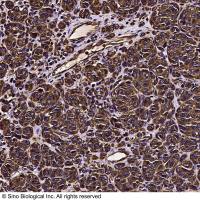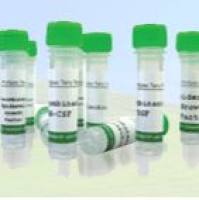Townsend and colleagues (1 ) were the first to demonstrate, in 1984, that target cells that had been transfected with single viral RNA segments could be specifically recognized by cytotoxic T lymphocytes (CTL). Recombinant vaccinia viruses that expressed single-gene products were subsequently used to identify major target antigens for CTL (2 ,3 ). The demonstration that CTL could recognize transfectants that expressed only fragments of a given target antigen (4 ) led to the use of overlapping fragments and synthetic peptides to localize epitopes. It was subsequently established that target cells that had been incubated with short synthetic peptides corresponding to the sequence of the influenza virus nucleoprotein (NP) could be specifically recognized by NP-specific CTL in a major histocompatability complex (MHC) class I restricted manner (5 ,6 ). Bjorkman et al. (6 ,7 ) subsequently resolved the structure of the human class I molecule HLA-A2 by x-ray crystallography and provided evidence of a putative peptide binding site. These studies provided the foundation for characterizing CTL epitopes and CTL responses in many disease systems. Numerous CTL epitopes have been now identified, in all cases recognized in the context of a single human lymphocyte antigen (HLA) allele or family of closely related (HLA degenerate) alleles, and the use of synthetic peptides for defining the types of immune responses induced by experimental vaccination or natural exposure to the target pathogen has been now well documented.






